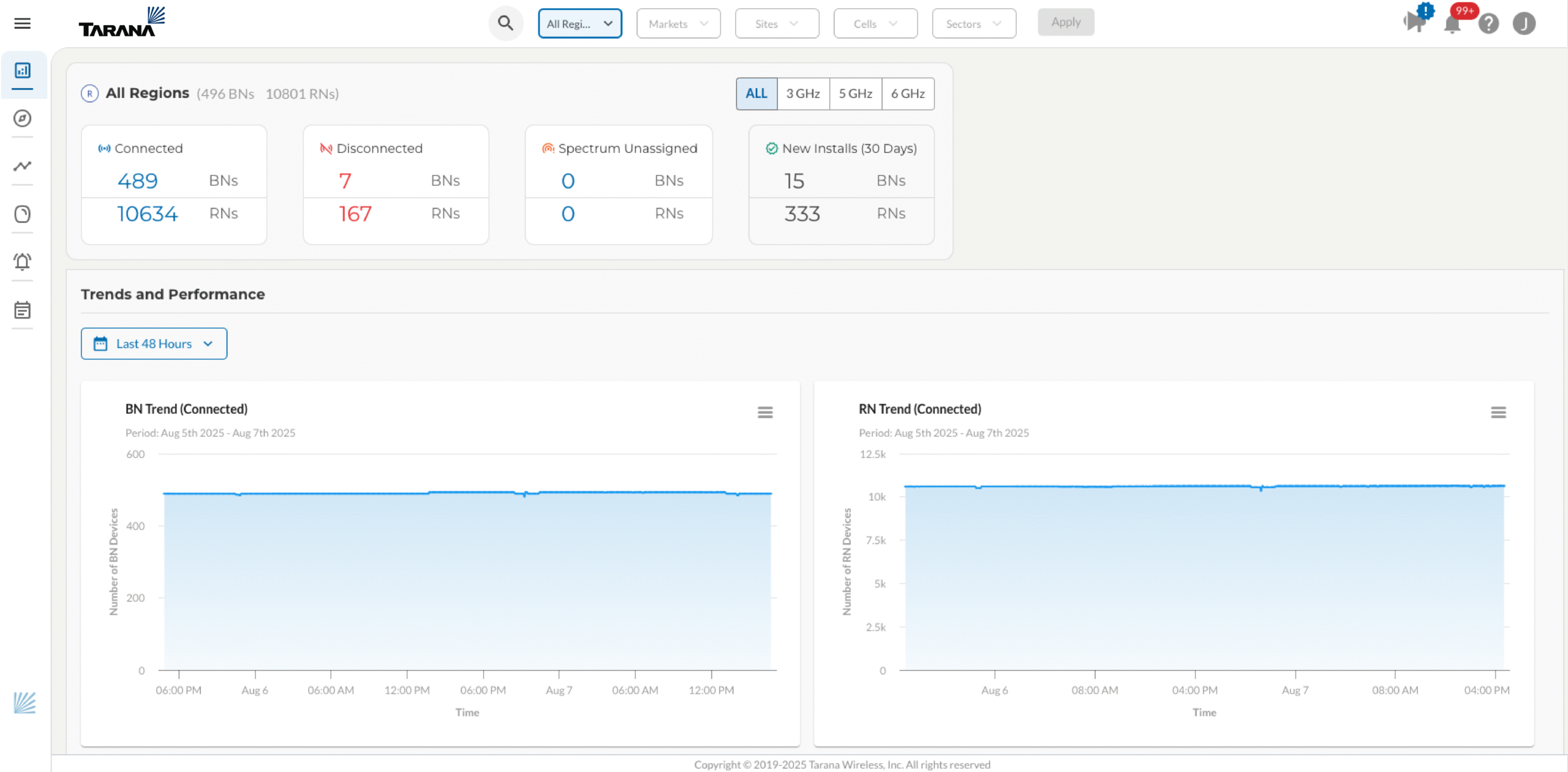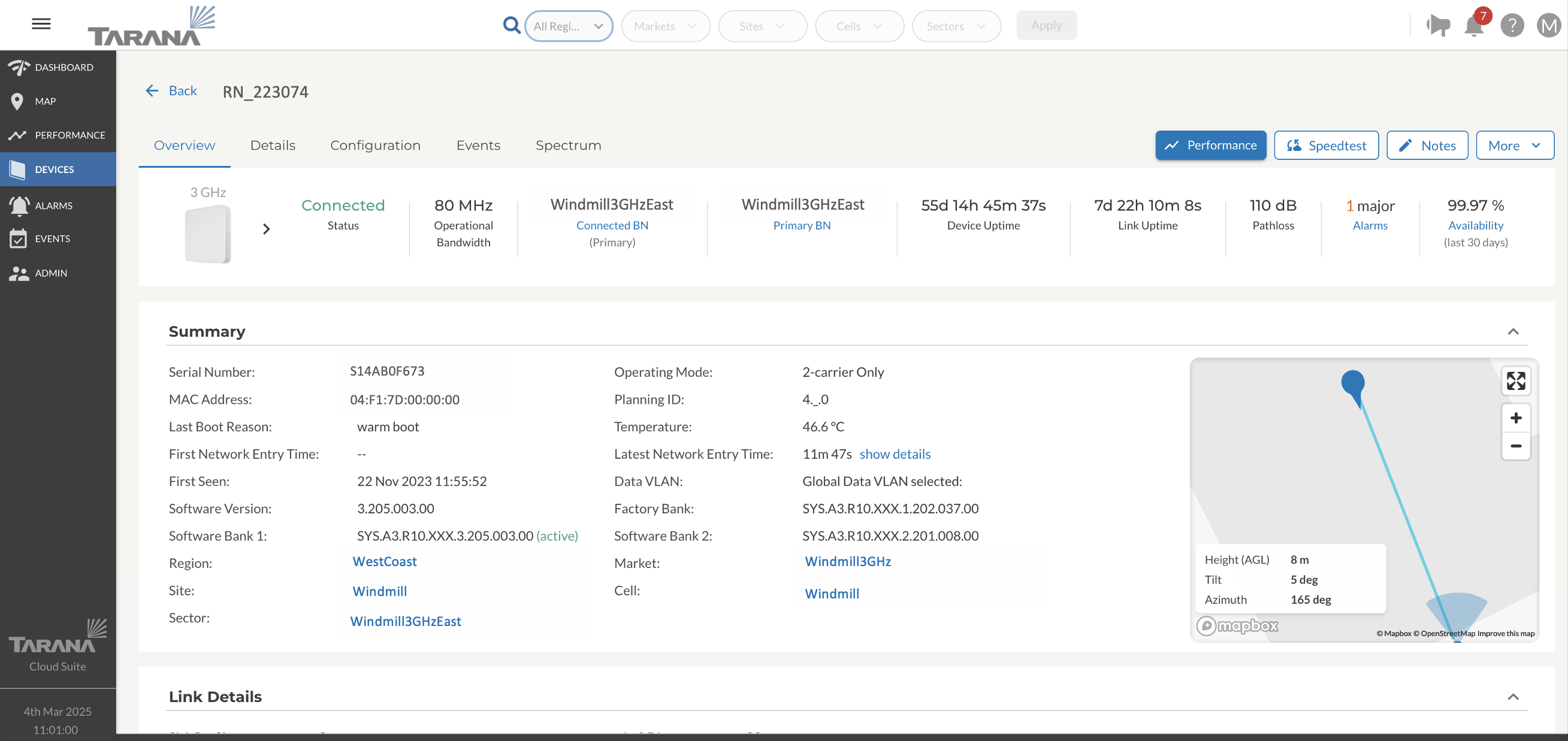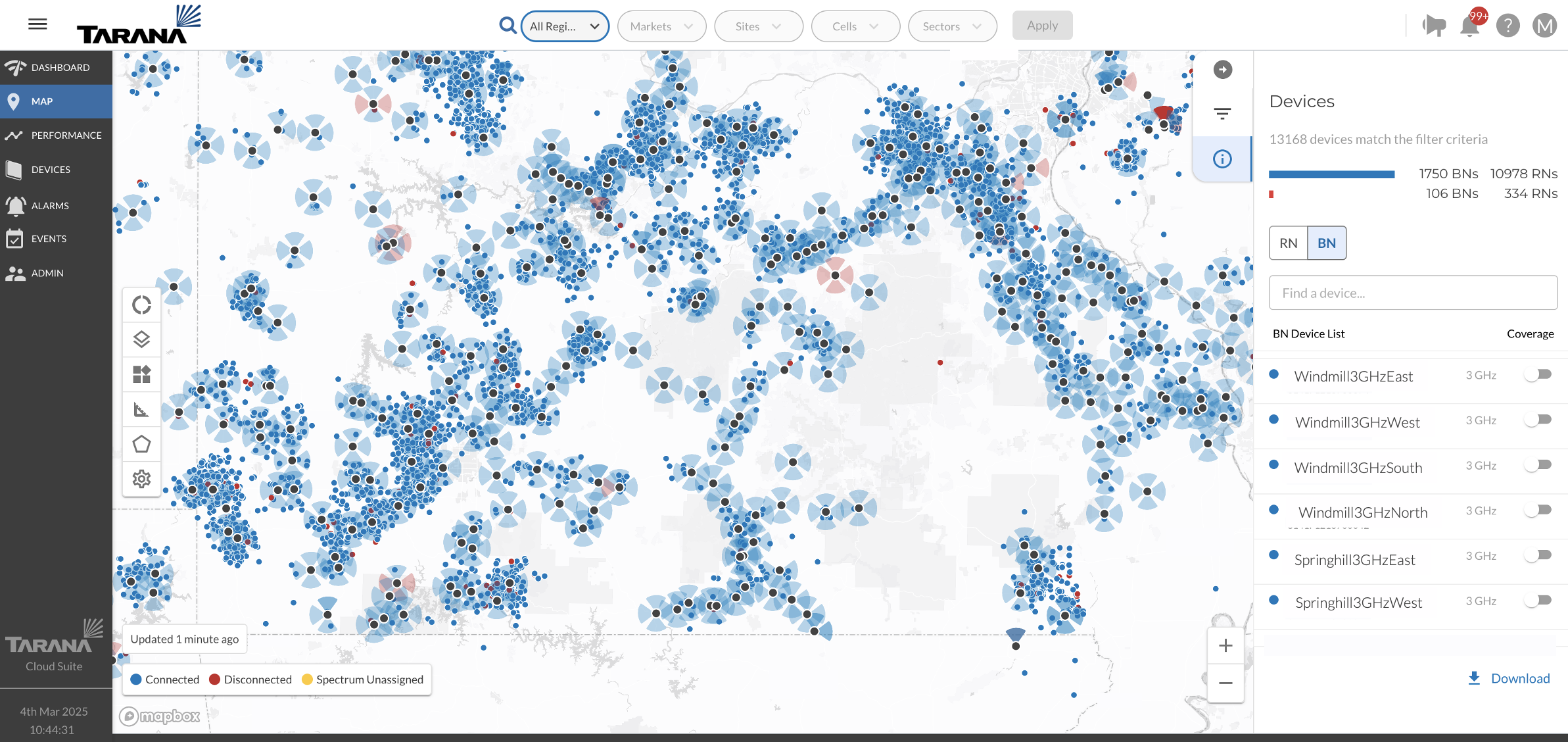Product

Our ngFWA platform delivers fiber-class broadband at scale, even over connections challenged by obstructions and interference. Our G1 and G2 base nodes and family of remote nodes are powering our customers’ networks in combinations of both licensed and unlicensed spectrum, delivering unprecedented speeds, reliability, and network economics. Whether you’re bringing healthy competition to established markets, closing the digital divide, or both, our platform will ensure your long-term success.
Our ngFWA platform delivers fiber-class broadband at scale, even over connections challenged by obstructions and interference. Our G1 and G2 base nodes and family of remote nodes are powering our customers’ networks in combinations of both licensed and unlicensed spectrum, delivering unprecedented speeds, reliability, and network economics. Whether you’re bringing healthy competition to established markets, closing the digital divide, or both, our platform will ensure your long-term success.
Watch the Launch Event Recording
Jump to the Segments Below
The New Multi-Band G2 BN and RNm
We are proud to introduce two new members of the Tarana ngFWA product family: our second-generation base node (G2) and multi-band remote node (RNm). Building on the success of the G1 BN, G2 takes ngFWA to a whole new level to seize the moment in the broadband industry. Consumers need reliable, high-speed internet now, and service providers need to deploy it efficiently. With wireless network economics, a massive capacity increase, and the ability to tap a blend of licensed and unlicensed spectrum, G2 and the RNm deliver a step-function increase in capacity, performance, and flexibility enabling a whole new approach to broadband access.
While G1 and its RN counterparts changed the game in rural and hard-to-reach markets — covering 20 million homes and businesses to date — G2 gives operators a whole new competitive edge in metro markets and overbuild scenarios. Allowing denser deployments of gigabit service at scale, G2 will enable operators to compete with wired offerings like never before.
The G2 BN comprises:
- 6.4 Gbps of capacity, ensuring 100 Mbps–1 Gbps service per customer
- Up to 2,048 customers per site (512 per sector) from a single installation
- 160 MHz in four separable carriers across unlicensed and licensed bands
- Simultaneous, full carrier aggregation in any combination of 3 GHz CBRS, 5 GHz, and 6 GHz
- Unique distributed massive MIMO architecture
- Real-time interference cancellation
- Programmable downlink/uplink ratios per sector with no spectral efficiency loss
- The robust feature set of G1 — including “Primary BN” — fully managed by Tarana Cloud Suite
- Backward compatibility with all previous-generation RNs, along with the new multi-band RNm
G2 in the Media
Tarana ngFWA Platform

Tarana’s ngFWA platform includes base nodes (BNs, each a single integrated package that includes antennas, PAs, several teraflops of digital signal processing, managed Ethernet switching, and 10G optical network interfaces) and remote nodes (RNs, Tarana’s “customer premise equipment”). Up to 512 RNs can simultaneously connect to a BN, depending on the model. For more information about Tarana’s base nodes and remote nodes, refer to the data sheet at the link below.

The Technology
The Tarana ngFWA platform’s unrivaled performance is powered by a number of industry firsts in wireless technology that were driven directly by our first-principles, clean-sheet approach to fully addressing the core problems that have handicapped all prior attempts at fixed wireless access.

Distributed Massive MIMO
Large numbers of radios on both the BN and RN increase precision of all algorithms and enable more complex & accurate techniques (O(n3) rather than just O(n)).

Perfect Multipath Integration
Applying signal processing across time, frequency, and spatial domains yields a perfect channel even with the most complex diffraction, reflection, and motion effects; this enables the G1 platform to deliver excellent performance despite nLoS and NLoS conditions (buildings, foliage).

Asynchronous Burst Interference Cancelation (ABIC)
Cancels up to 40 dB of asynchronous interference from any source outside the network. The before & after graphic shows how the ABIC innovation extracts the 256-QAM constellation from the noise, with each bit of the signal (represented by dots) is crisp and cleanly transmitted.
Tarana Cloud Suite
The Tarana Cloud Suite (TCS) is our cloud-hosted system used to monitor, manage, and troubleshoot Tarana base and remote nodes. TCS makes it easy to plan, install, provision, and manage ngFWA radio networks. It provides network management, business operations, and control-plane functions summarized below. As a cloud-based offering, TCS has been implemented with industry best practices around high availability and redundancy, data security, and automatic scaling.
 24 x 7 x 365 KPI monitoring and management, including long-term historic data fault logging, correction, and reporting
24 x 7 x 365 KPI monitoring and management, including long-term historic data fault logging, correction, and reporting
 Firmware and configuration management automation with pre-provisioning support
Firmware and configuration management automation with pre-provisioning support
 End-user login and management with role-based access
End-user login and management with role-based access


 Alarms and historic events with email and text alerts
Alarms and historic events with email and text alerts
 User-defined threshold-based alerts
User-defined threshold-based alerts
 Alarm correlation, capacity expansion, anomaly detection
Alarm correlation, capacity expansion, anomaly detection
 API support for zero-touch deployment configuration, with minimal to no changes on directly connected infrastructure
API support for zero-touch deployment configuration, with minimal to no changes on directly connected infrastructure
 Infrastructure authentication
Infrastructure authentication
 QoS management
QoS management
 Speed-test tools
Speed-test tools


 All control and management plane traffic is encrypted from the device to TCS
All control and management plane traffic is encrypted from the device to TCS
 Subscriber data travels at the operator’s network level, never transmitted to TCS
Subscriber data travels at the operator’s network level, never transmitted to TCS
 Over-the-air traffic between BN and RN is AES-128 encrypted JSON web tokens are used to ensure the integrity of each session
Over-the-air traffic between BN and RN is AES-128 encrypted JSON web tokens are used to ensure the integrity of each session
 Each operator has a unique identifier used to restrict access between multiple tenants on TCS
Each operator has a unique identifier used to restrict access between multiple tenants on TCS
 Role-based access further limits the privileges available to a TCS user
Role-based access further limits the privileges available to a TCS user
 Periodic 3rd-party penetration testing ensures continued TCS security (following the PTES, OWASP, and NIST 800-115 standards)
Periodic 3rd-party penetration testing ensures continued TCS security (following the PTES, OWASP, and NIST 800-115 standards)
Mobile Install App
The Tarana Install app streamlines the installation process for RNs (remote nodes), cutting install times and reducing the likelihood of errors without the need to carry around a laptop. Say goodbye to installation hassles, and hello to efficiency and precision. The mobile app is designed to work independently of any tool, providing ease of use and convenience for installers.
The Tarana Install app streamlines the installation process for RNs (remote nodes), cutting install times and reducing the likelihood of errors without the need to carry around a laptop. Say goodbye to installation hassles, and hello to efficiency and precision. The mobile app is designed to work independently of any tool, providing ease of use and convenience for installers.
- Scan, connect, align, and install RNs
- Download a map of the installation area and save it for offline use
- Determine nearby base nodes on the map
- Set primary base node
- Update firmware
- Set a preferred frequency list to search
- Test link performance
- Integrate with TCS and manage CPI ID information
Real World Results
ngFWA is Incredibly Fast
ngFWA’s real-world performance is now well proven. A sample of 50,000 live commercial links, shows the technology delivering unparalleled performance averaging 414/109 Mbps DL/UL despite NLoS conditions and high interference.
Speed Profiles

Link Challenges

Tarana’s ngFWA Just Works, Even in Challenging Conditions
Sample deployments from four of our leading customers – Visionary Broadband, Nextlink Internet, DigitalPath, and Resound Networks – in very different geographies further highlight the commercial success of the G1 platform. There are two key takeaways from their experiences:
- G1 easily supports over 150 RNs per sector, with over 90% of links able to receive 400 Mbps DL service despite link obstructions (both nLoS and NLoS).
- G1 delivers unprecedented performance on both the CBRS and the free-to-use 5 GHz unlicensed band.

Tarana’s ngFWA is Highly Scalable
As operators’ deployments advance in multi-cell installations in the same markets, the Tarana ngFWA platform also enables unparalleled scale potential and universal 360° coverage through its inter-cell interference cancellation, even enabling all radio elements (both base and remote nodes) to operate in a single spectrum band (k=1 frequency reuse). The live example below shows G1’s inter-cell interference cancelation proven out in commercial deployment.











